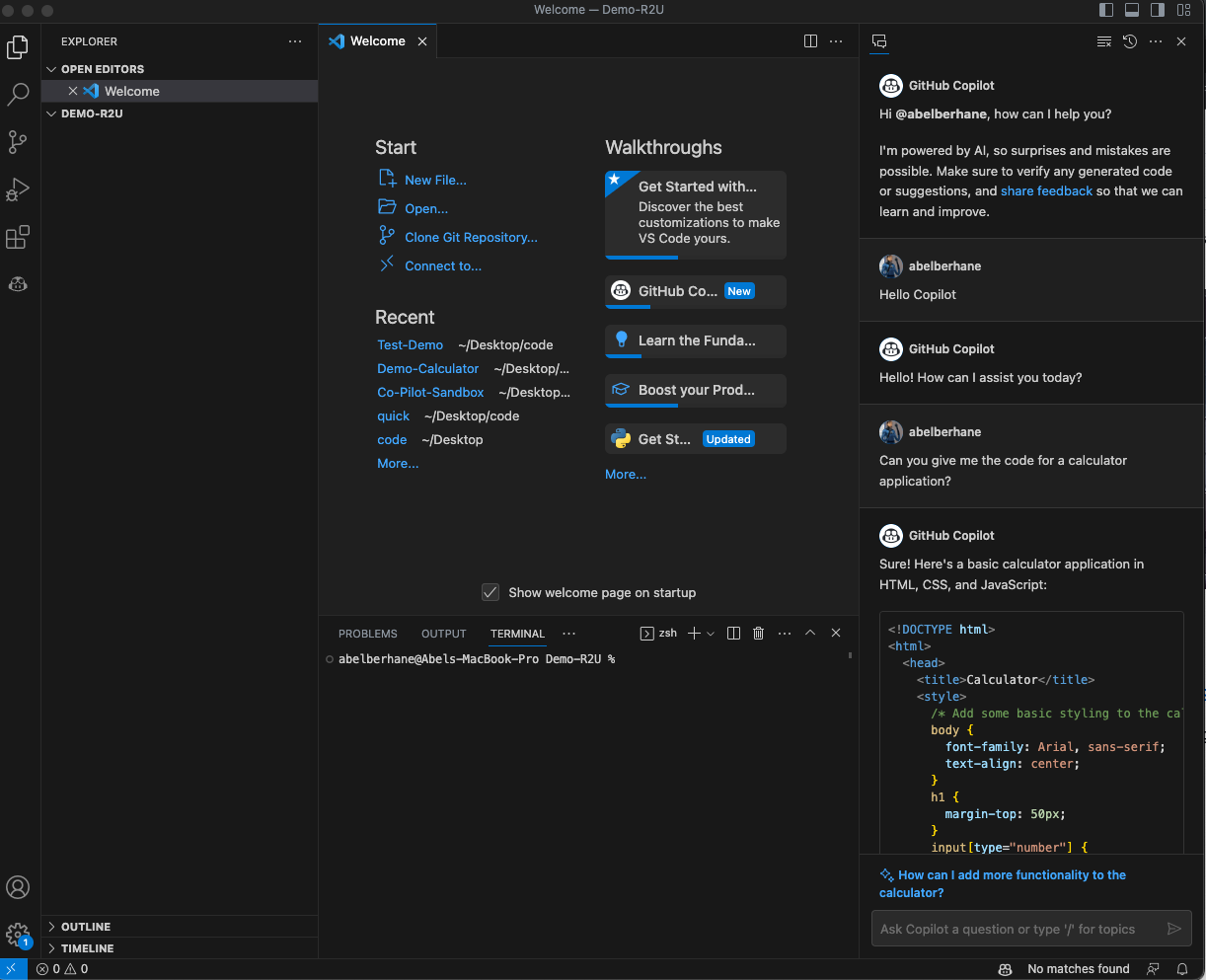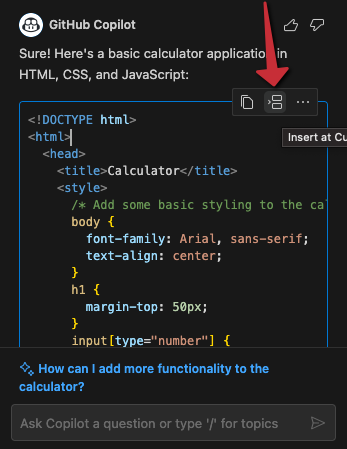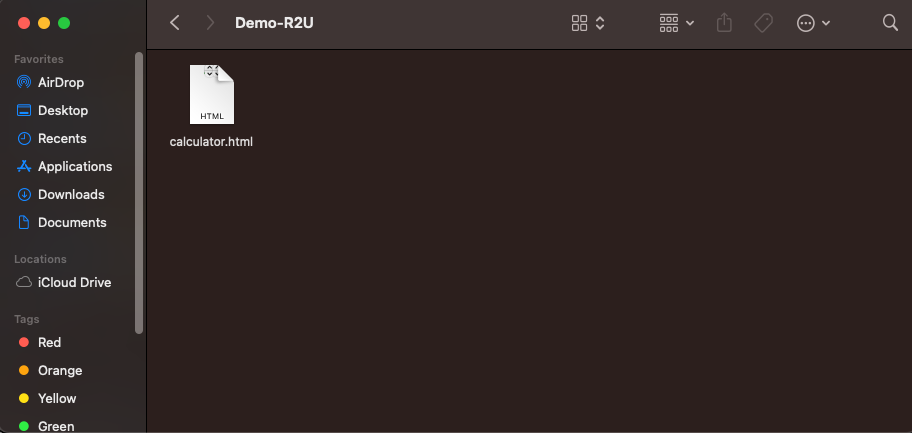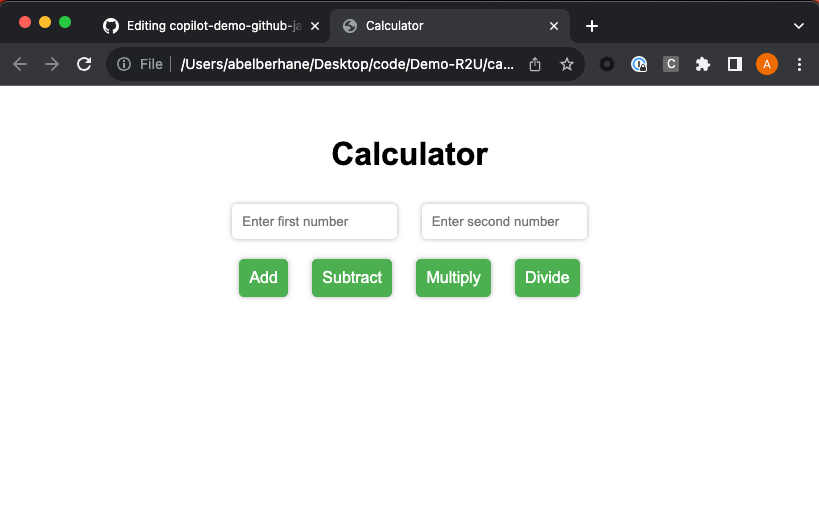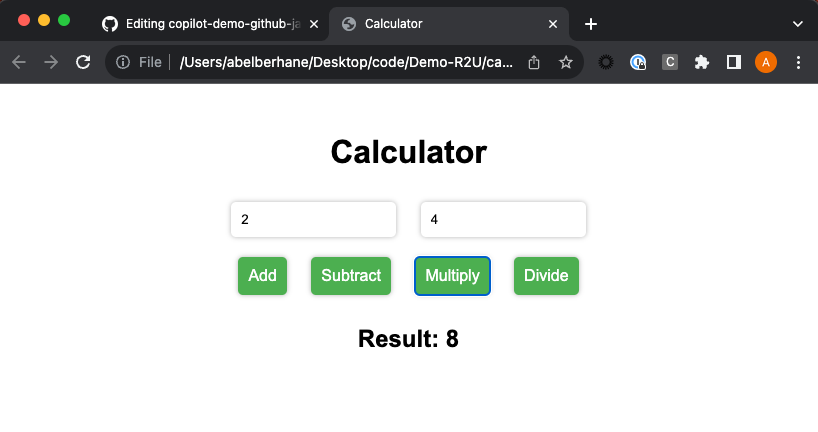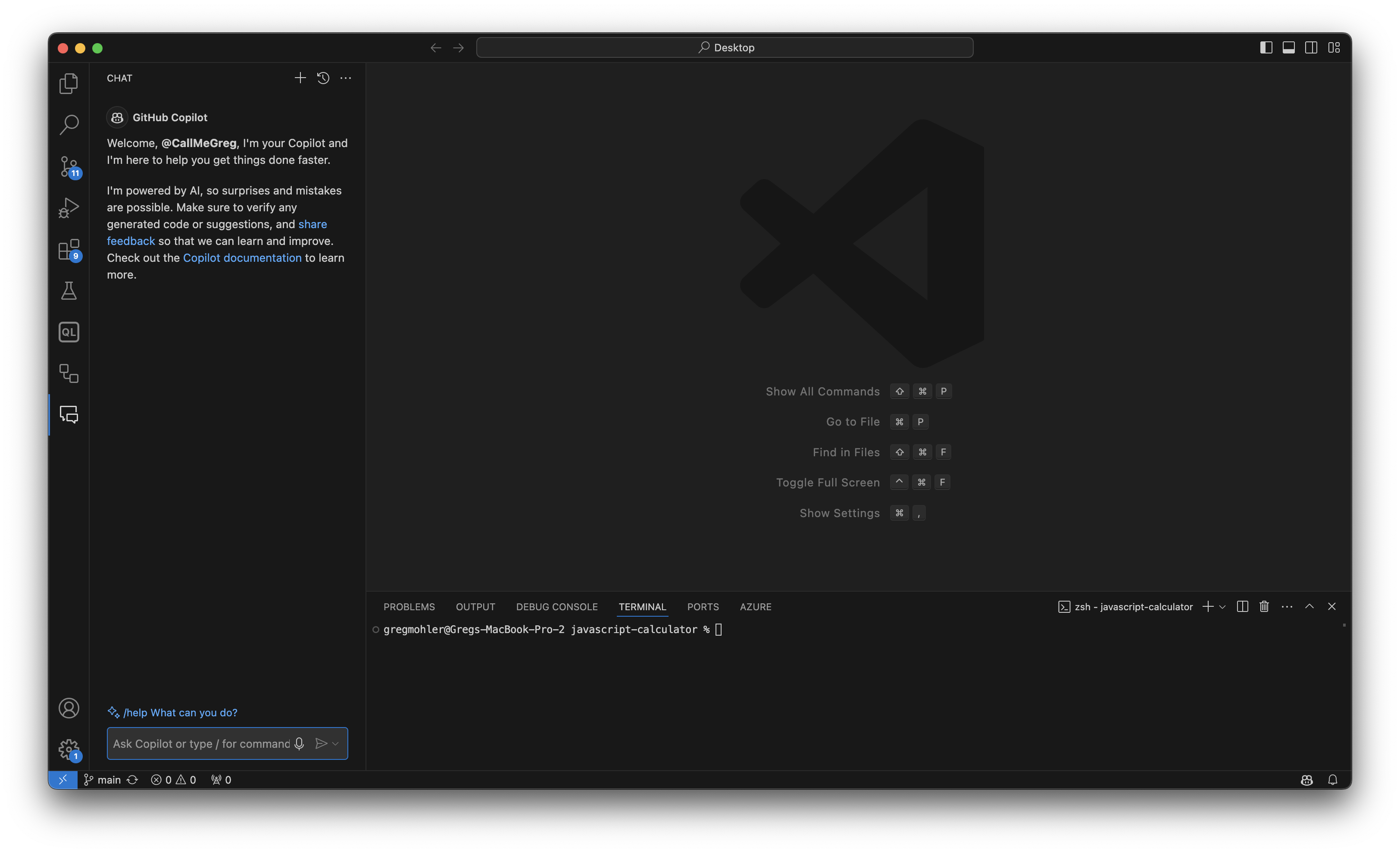



This repository contains the modified code of LeGO-LOAM to run and evaluate with the kitti-data set. When you run the code, you’ll get the trajectory results of LeGO-LOAM in KITTI ground-truth format and you can directly evaluate the result with KITTI ground-truth by EVO-eval kit. Wish you find it helpful, especially for those who are not familiar with ROS and LOAM.
- ROS (tested with indigo and kinetic)
- gtsam (Georgia Tech Smoothing and Mapping library, 4.0.0-alpha2)
wget -O ~/Downloads/gtsam.zip https://github.com/borglab/gtsam/archive/4.0.0-alpha2.zip
cd ~/Downloads/ && unzip gtsam.zip -d ~/Downloads/
cd ~/Downloads/gtsam-4.0.0-alpha2/
mkdir build && cd build
cmake ..
sudo make install
- You can use the following commands to download and compile the package.
cd ~/catkin_ws/src
git clone https://github.com/Mitchell-Lee-93/kitti-lego-loam.git
cd ..
rosdep install --from-paths src --ignore-src -r -y
catkin_make
Download odometry dataset(color or gray, velodyne, calibration, ground truth) from : http://www.cvlibs.net/datasets/kitti/eval_odometry.php and Merge them all in one dataset directory
- Edit the launch file
gedit ~/catkin_ws/src/kittibag/launch/kittibag.launch
Change ‘dataset_folder’ and ‘output_bag_file’ to your own directories
- Run the launch file:
roslaunch kittibag kittibag.launch
- Before run, you should change the directory of the result files
gedit ~/catkin_ws/src/LeGO-LOAM/LeGO-LOAM/launch/run.launch
change ‘RESULT_PATH’ to your result dir
- Run the launch file:
roslaunch lego_loam run.launch
Notes: The parameter “/use_sim_time” is set to “true” for simulation, “false” to real robot usage.
- Play existing bag files:
rosbag play *.bag --clock
Check and follow this repository
https://github.com/MichaelGrupp/evo
check https://github.com/Mitchell-Lee-93/kitti-A-LOAM
https://github.com/RobustFieldAutonomyLab/LeGO-LOAM
Modified code
- utility.h
for Velodyne 64 channel
extern const string pointCloudTopic = "/kitti/velo/pointcloud"; <- you should check your own bag file topic
//param for vel-64
extern const int N_SCAN = 64;
extern const int Horizon_SCAN = 1800;
extern const float ang_res_x = 0.2;
extern const float ang_res_y = 0.427;
extern const float ang_bottom = 24.9;
extern const int groundScanInd = 50;
- featureAssociation.cpp
Since kitti data already have removed the distortion
float s 10 * (pi->intensity - int(pi->intensity)); -> float s = 1;
// to delete all the code that corrects point cloud distortion
TransformToEnd(&cornerPointsLessSharp->points[i], &cornerPointsLessSharp->points[i]); -> removed
TransformToEnd(&surfPointsLessFlat->points[i], &surfPointsLessFlat->points[i]); -> removed
*Notes: The parameter "loopClosureEnableFlag" is set to "true" for SLAM.
- transformfusion.cpp
To correct two diffrent TF of lego-loam results and kitti gt. And also to save the results in kitti gt format
From line 222 to 286, saving results code added
Reference : RobustFieldAutonomyLab/LeGO-LOAM#12
 https://github.com/Mitchell-Lee-93/kitti-lego-loam
https://github.com/Mitchell-Lee-93/kitti-lego-loam



